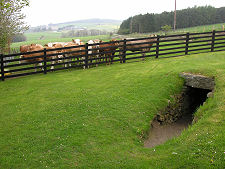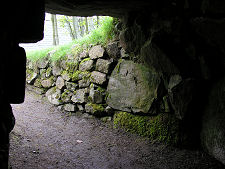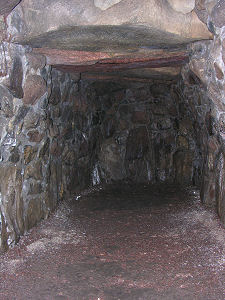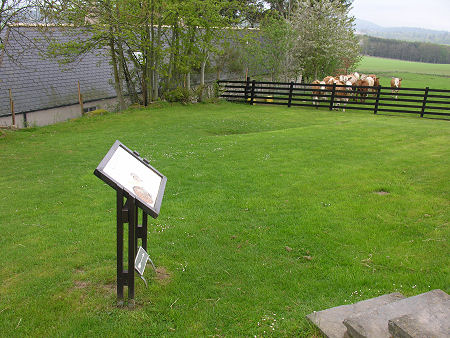 The Earth House is Under the Grassy Area Shown, with the Entrance Just Visible Near the Cows |
Earth houses, or souterrains, can seem mysterious structures: stone-lined tunnels dug into the earth, usually leading to a dead end and with no obvious purpose. The reality is actually fairly mundane, and it seems that earth houses were simply built as underground storage for agricultural produce.
Culsh Earth House probably dates back to some time before AD100. At the time a timber roundhouse farmstead would have stood nearby, perhaps a direct predecessor of the farm which stands immediately to the south today. The entrance to the earth house might have been inside the roundhouse to next to it, and the earth house itself would probably have been used for the storage of grain or other produce.
The timing of the building of many of north-east Scotland's earth houses, and the fact that they seem to have had a fairly short useful life, with many being filled up not long after AD200, has led to some interesting theories about their purpose.
One is that farmers across many of the more fertile parts of Scotland enjoyed lucrative contracts to supply the Roman army during its incursions into Scotland. Grain would be stored in the earth houses pending collection by the Romans or their agents.
Culsh Earth House is accessed directly from the B9119. The nearby drive leads only to the farm, and visitors to the earth house should park on the verge of the main road where you won't cause an obstruction. The entrance to the earth house comes back towards the road, with the structure lying under a grassy bank between the entrance and the road. As with most earth houses, this one is curved in design. A torch is therefore recommended for exploration: you run out of daylight within a few feet of the entrance, and the structure extends some 45ft underground until it reaches its slightly enlarged main chamber.
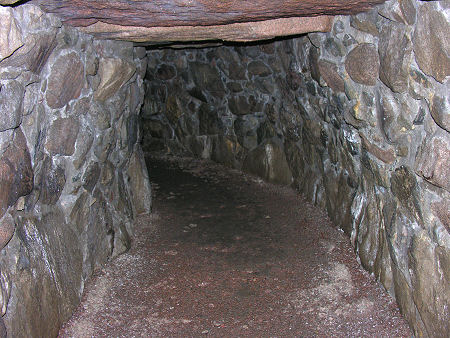 Inside the Tunnel |
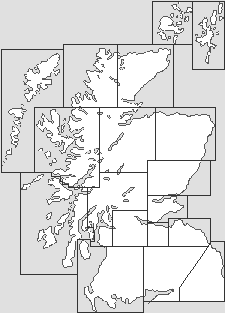
|
|
|
Visitor InformationView Location on MapGrid Ref: NJ 505 055 www.historicenvironment.scot HES: Site Web Page What3Words Location: ///primed.picture.passively |
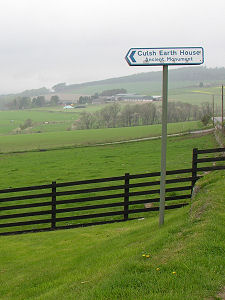 Roadside Sign |
